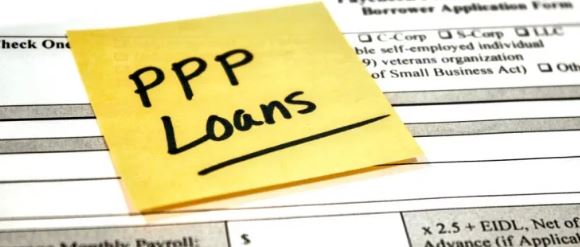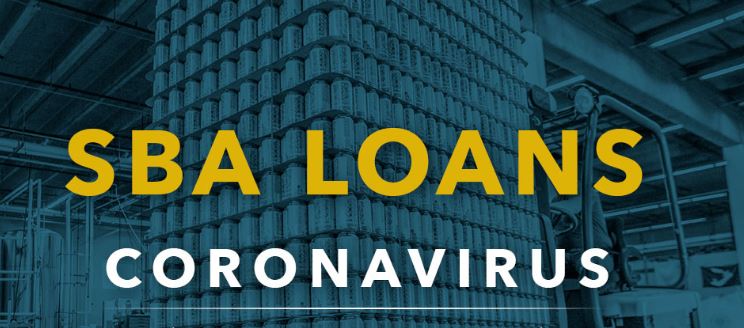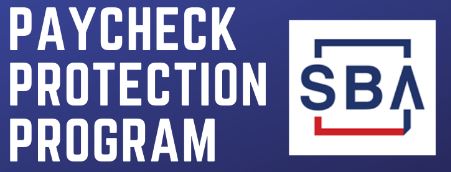SBA Issues PPP Loan Forgiveness Application & Detailed Instructions
On Friday, May 15th, the SBA issued the Loan Forgiveness Application that will be used by PPP borrowers to determine and report how much of their PPP loan will be forgiven. The form and instructions inform borrowers how to apply for forgiveness of their PPP loans, consistent with CARES Act.
The SBA will also soon issue regulations and guidance to further assist borrowers as they complete their applications and provide lenders with guidance on their responsibilities.
The application and instructions resolve a number of calculations and substantive questions that the business community has voiced. The most notable issues addressed in the application and instructions include:
Alternative Payroll Covered Perio
For administrative convenience, Borrowers with a biweekly (or more frequent) payroll schedule may elect to calculate eligible payroll costs using the eight-week (56-day) period that begins on the first day of their first pay period following their PPP Loan Disbursement Date (the “Alternative Payroll Covered Period”)
FTE Calculation
40 hours will be used for calculation of FTEs
Covered Rent Payments
Include rental of both real and personal property
Cash vs. Accrual
- Payroll costs are considered paid on the day that paychecks are distributed or the Borrower originates an ACH credit transaction. Payroll costs are considered incurred on the day that the employee’s pay is earned. Payroll costs incurred but not paid during the Borrower’s last pay period of the Covered Period (or Alternative Payroll Covered Period) are eligible for forgiveness if paid on or before the next regular payroll date. Otherwise, payroll costs must be paid during the Covered Period (or Alternative Payroll Covered Period).
- An eligible non-payroll cost must be paid during the Covered Period or incurred during the Covered Period and paid on or before the next regular billing date, even if the billing date is after the Covered Period.
FTE Reduction Exceptions
The following will not count against forgiveness:
-
- Offer made to rehire employee that was rejected by the employee,
- Employees who were fired for cause,
- Employees who voluntarily resigned,
- Employees who voluntarily requested and received a reduction of their hours
- In all of these cases, these FTEs are included only if the position was not filled by a new employee. Any FTE reductions in these cases do not reduce the Borrower’s loan forgiveness.
FTE and Salary/Hourly Wage Reduction
Calculation will need to be performed at the employee level
Limitation to Forgiveness of Owner Compensation
The dollar amount for which forgiveness is requested does not exceed eight weeks’ worth of 2019 compensation for any owner-employee or self-employed individual/general partner, capped at $15,385 per individual
Our team will continue to monitor this for further developments and will be updating and distributing our PPP Loan Forgiveness Tracking Tool to you shortly.




 The SBA and U.S. Department of the Treasury published an
The SBA and U.S. Department of the Treasury published an 